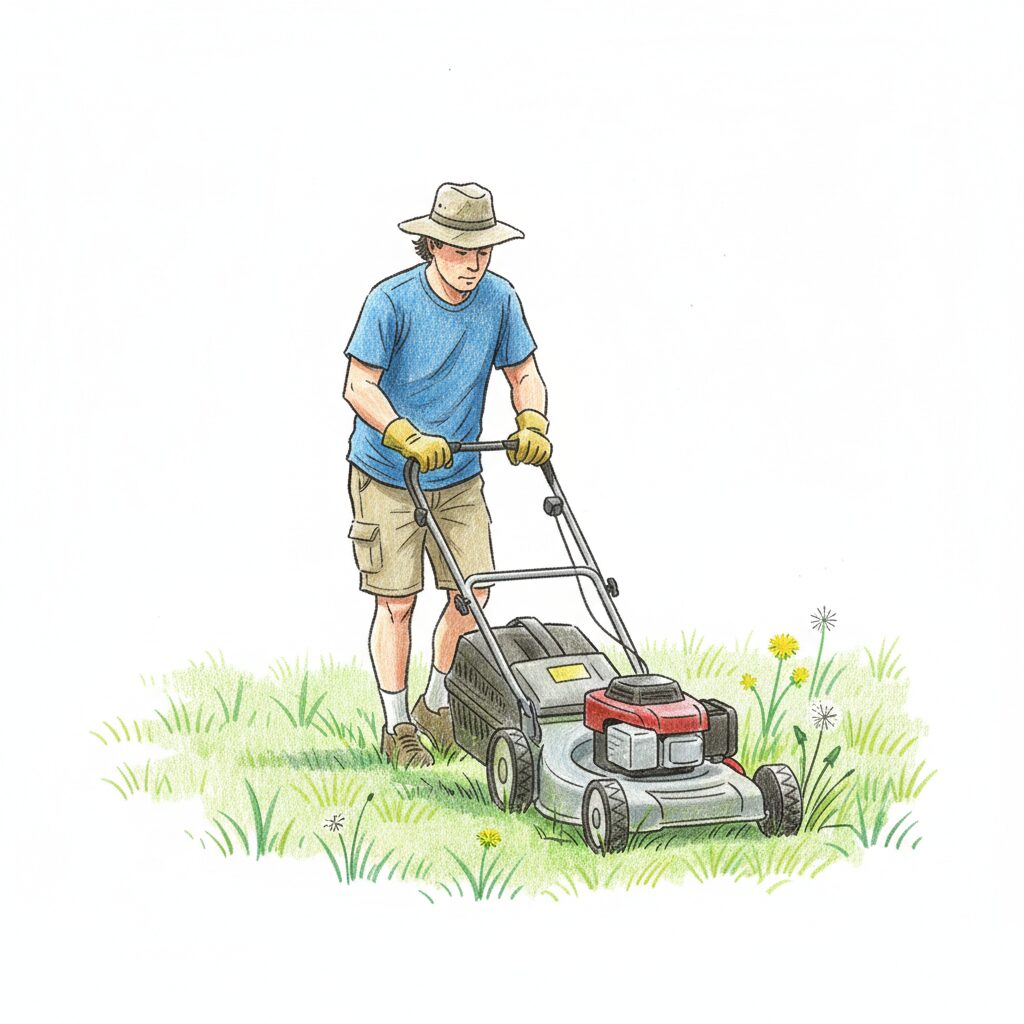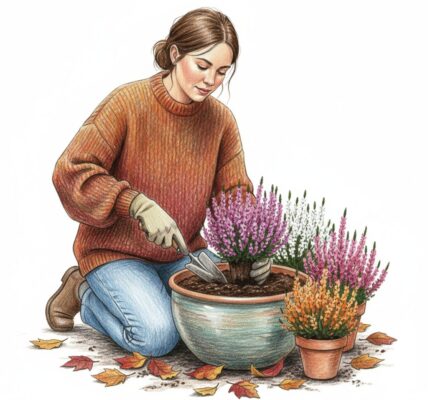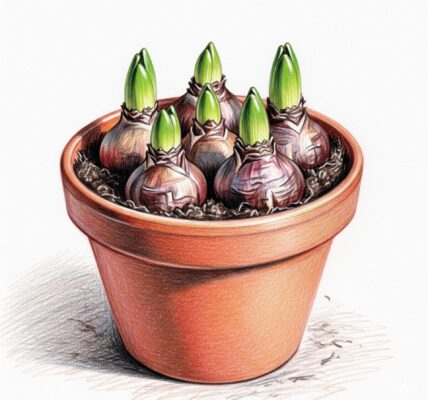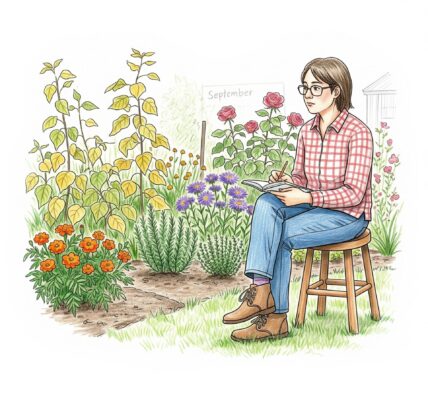
Summer’s heat and drought can leave lawns scorched and stressed. As temperatures drop and autumn nears, it’s tempting to immediately revive your green space. However, the first mow after summer demands extra care. Recovery depends on mowing wisely, not just mowing.
A key adjustment is raising your mower blades. While tidiness may urge you otherwise, it’s better for stressed turf. Longer blades of grass help retain moisture and support photosynthesis, which in turn helps the grass recover from drought.
Think of it as a gentle trim instead of a drastic cut. Cutting too short further damages already stressed lawns, exposes roots, and delays recovery. Taller grass grows greener, with stronger roots and boosts resilience.
Aim to remove no more than one-third of the height in a single mow. If your lawn is particularly shaggy, you might need to make multiple passes over a few days, gradually lowering the deck each time until you reach your desired height. This gradual approach minimises shock and allows the grass to adapt.
By making this simple adjustment, you’re not just mowing; you’re nurturing. You’re giving your tired lawn the best possible chance to recover its lushness, improve its health, and prepare itself for the cooler months ahead. So, before you fire up the mower, take an extra minute to raise those blades – your lawn will thank you for it.




